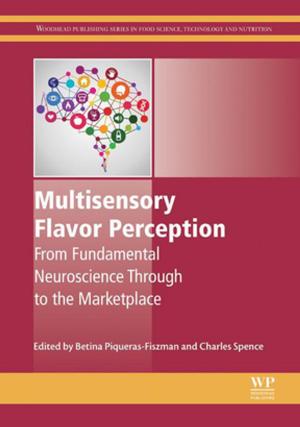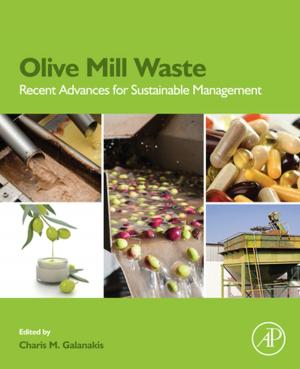| Author: | ISBN: | 9781845692940 | |
| Publisher: | Elsevier Science | Publication: | March 12, 2007 |
| Imprint: | Woodhead Publishing | Language: | English |
| Author: | |
| ISBN: | 9781845692940 |
| Publisher: | Elsevier Science |
| Publication: | March 12, 2007 |
| Imprint: | Woodhead Publishing |
| Language: | English |
Predicting the growth and behaviour of microorganisms in food has long been an aim in food microbiology research. In recent years, microbial models have evolved to become more exact and the discipline of quantitative microbial ecology has gained increasing importance for food safety management, particularly as minimal processing techniques have become more widely used. These processing methods operate closer to microbial death, survival and growth boundaries and therefore require even more precise models. Written by a team of leading experts in the field, Modelling microorganims in food assesses the latest developments and provides an outlook for the future of microbial modelling.
Part one discusses general issues involved in building models of microbial growth and inactivation in foods, with chapters on the historical background of the field, experimental design, data processing and model fitting, the problem of uncertainty and variability in models and modelling lag-time. Further chapters review the use of quantitative microbiology tools in predictive microbiology and the use of predictive microbiology in risk assessment.
The second part of the book focuses on new approaches in specific areas of microbial modelling, with chapters discussing the implications of microbial variability in predictive modelling and the importance of taking into account microbial interactions in foods. Predicting microbial inactivation under high pressure and the use of mechanistic models are also covered. The final chapters outline the possibility of incorporating systems biology approaches into food microbiology.
Modelling microorganisms in food is a standard reference for all those in the field of food microbiology.
- Assesses the latest developments in microbial modelling
- Discusses the issues involved in building models of microbial growth
- Chapters review the use of quantitative microbiology tools in predictive microbiology
Predicting the growth and behaviour of microorganisms in food has long been an aim in food microbiology research. In recent years, microbial models have evolved to become more exact and the discipline of quantitative microbial ecology has gained increasing importance for food safety management, particularly as minimal processing techniques have become more widely used. These processing methods operate closer to microbial death, survival and growth boundaries and therefore require even more precise models. Written by a team of leading experts in the field, Modelling microorganims in food assesses the latest developments and provides an outlook for the future of microbial modelling.
Part one discusses general issues involved in building models of microbial growth and inactivation in foods, with chapters on the historical background of the field, experimental design, data processing and model fitting, the problem of uncertainty and variability in models and modelling lag-time. Further chapters review the use of quantitative microbiology tools in predictive microbiology and the use of predictive microbiology in risk assessment.
The second part of the book focuses on new approaches in specific areas of microbial modelling, with chapters discussing the implications of microbial variability in predictive modelling and the importance of taking into account microbial interactions in foods. Predicting microbial inactivation under high pressure and the use of mechanistic models are also covered. The final chapters outline the possibility of incorporating systems biology approaches into food microbiology.
Modelling microorganisms in food is a standard reference for all those in the field of food microbiology.
- Assesses the latest developments in microbial modelling
- Discusses the issues involved in building models of microbial growth
- Chapters review the use of quantitative microbiology tools in predictive microbiology















